This is an excellent antique mahogany pool scoreboard by palmer & sons, london late 19th century in date. This is one of the best examples of a pool scoreboard, with nine slides and a moulded pediment above the maker's label: palmer & sons, 111, high street, boro', london together with two prints in oak frames, the rules of pool & the rules of pyramid pool, burroughes & watts, london. Provenance: sotheby's belgravia sale on 6th december 1979 of world champion billiards/snooker player 'joe davis' this is a fun piece which is sure to attract a lot of attention from your guests and be a welcome addition to any games room\. The item is not cites pursuant. Condition: in excellent condition, please see photos for confirmation. Dimensions in cm: height 65 x width 44 x depth 9 - scoreboard height 58 x width 41 x depth 2.5 - print with frame dimensions in inches: height 25.6 x width 17.3 x depth 3.5 - scoreboard height 22.8 x width 16.1 x depth 1.0 - print with frame burroughes & watts, london - firm, which would become one of the most famous of the english billiard table manufacturers, was founded in 1836 by william burroughes in partnership with f. Watts. William had learnt his trade with thurston's, and set up his new business at 19 soho square, london. He brought with him from thurston's all the latest innovations for billiard tables, immediately starting to produce models with rubber cushions and slate beds. Even though the natural rubber cushions would give extremes of elasticity according to temperature, and the slates where only an inch thick, this was to be the future of billiard tables, and burroughes and watts were at the forefront from the very beginning. They were quickly recognised as a world-class manufacturer and received a prize medal for a table entered for the great exhibition of 1851, with a similar award being received at the subsequent london exhibition of 1862. In 1860 they were making a modest 150 full-sized tables a year, but by the end of this decade production had doubled. In 1869 they followed the lead of thurston's and improved their cushions with "vulcanised" rubber, which were designed to minimise the effect of temperature variations. The business now looked for expansion away from london, and in the early 1870's they opened up branches in dublin and belfast. At this time most tables in ireland were made with cast iron frames, and the wooden framed burroughes & watts tables proved popular with the locals. In 1873 the company secured a major contract for billiard tables to "her majesty's war department and admiralty" and around the same time received the warrant of queen victorian and edward, prince of wales. The following year, the champion, william cook, returned from a tour of america with the idea of running billiard tournaments on a "round-robin" basis rather than the straight knock-out principle which had hitherto been used in england. Cook mentioned the idea to mr. J. S. Burroughes who was sufficiently impressed to promote a tournament, putting up prize money of £100. By 1875 provincial showrooms and offices had been established in manchester, and expansion increased with a branch at newcastle in 1890, by which time agencies had also been established in australia and new zealand. In 1893 showrooms were opened in glasgow, and by the end of that decade, premises in birmingham and sheffield were also operating. Burroughes & watts were more active in the provinces than any other london maker, and in 1876 they established the scottish professional billiards championship, providing a silver challenge cup. Although new models of tables continued to be produced, burroughes & watts lagged somewhat behind their competitors when it came to their cushions. Most english manufacturers had switched to the use of strip-rubber from about 1910, and rather belatedly, this feature was incorporated into the eureka vacuum cushion in 1922. However an excellent reputation of the burroughes & watts continued into the 1950's and early '60's through now with household names such as ray reardon, cliff wilson, joe and fred davis, gary owen and rex williams.
Dies ist eine ausgezeichnete antike Mahagoni-Pool-Anzeigetafel von Palmer & Sons, London, Ende des 19. Jahrhunderts. Es handelt sich um eines der besten Exemplare einer Pool-Anzeigetafel mit neun Schiebern und einem geformten Giebel über dem Herstelleretikett: PALMER & SONS, 111, HIGH STREET, BORO', LONDON Zusammen mit zwei Drucken in Eichenrahmen, THE RULES OF POOL & THE RULES OF PYRAMID POOL, Burroughes & Watts, London. Provenienz: Sotheby's Belgravia Verkauf am 6. Dezember 1979 des Weltmeisters im Billard/Snooker "Joe Davis" Dies ist ein lustiges Stück, das sicher die Aufmerksamkeit Ihrer Gäste auf sich ziehen wird und eine willkommene Ergänzung für jedes Spielzimmer ist. Der Artikel ist nicht CITES-konform. Zustand: In ausgezeichnetem Zustand, bitte sehen Sie die Fotos zur Bestätigung. Maße in cm: Höhe 65 x Breite 44 x Tiefe 9 - Anzeigetafel Höhe 58 x Breite 41 x Tiefe 2,5 - Druck mit Rahmen Maße in Zoll: Höhe 25,6 x Breite 17,3 x Tiefe 3,5 - Anzeigetafel Höhe 22,8 x Breite 16,1 x Tiefe 1,0 - Druck mit Rahmen Burroughes & Watts, London - die Firma, die zu einem der bekanntesten englischen Billardtischhersteller werden sollte, wurde 1836 von William Burroughes in Partnerschaft mit F. Watts gegründet. William hatte sein Handwerk bei Thurston's erlernt und gründete sein neues Unternehmen am 19 Soho Square in London. Er brachte von Thurston's die neuesten Innovationen für Billardtische mit und begann sofort mit der Herstellung von Modellen mit Gummikissen und Schieferplatten. Obwohl die Kissen aus Naturkautschuk je nach Temperatur eine extreme Elastizität aufwiesen und die Schieferplatten nur einen Zoll dick waren, sollte dies die Zukunft der Billardtische sein, und Burroughes und Watts waren von Anfang an ganz vorne mit dabei. Sie wurden schnell als Hersteller von Weltrang anerkannt und erhielten eine Preismedaille für einen Tisch, der für die Weltausstellung von 1851 eingereicht wurde. Eine ähnliche Auszeichnung erhielten sie auch auf der darauf folgenden Londoner Ausstellung von 1862. Im Jahr 1860 stellte das Unternehmen bescheidene 150 Tische in voller Größe pro Jahr her, aber bis zum Ende dieses Jahrzehnts hatte sich die Produktion verdoppelt. 1869 folgte man dem Beispiel von Thurston's und verbesserte die Polsterung mit vulkanisiertem" Gummi, um die Auswirkungen von Temperaturschwankungen zu minimieren. Das Unternehmen strebte nun eine Expansion außerhalb Londons an und eröffnete in den frühen 1870er Jahren Filialen in Dublin und Belfast. Zu dieser Zeit wurden die meisten Tische in Irland mit gusseisernen Gestellen hergestellt, und die Tische mit Holzrahmen von Burroughes & Watts waren bei den Einheimischen sehr beliebt. 1873 sicherte sich das Unternehmen einen Großauftrag für Billardtische für "Her Majesty's War Department and Admiralty" (Kriegsministerium und Admiralität Ihrer Majestät) und erhielt etwa zur gleichen Zeit die Genehmigung von Königin Viktoria und Edward, Prinz von Wales. Im darauffolgenden Jahr kehrte der Meister William Cook von einer Amerikatournee zurück und hatte die Idee, Billardturniere auf einer "round-robin"-Basis anstelle des bis dahin in England üblichen K.O.-Prinzips durchzuführen. Cook erzählte Mr. J. S. Burroughes von dieser Idee, der so beeindruckt war, dass er ein Turnier mit einem Preisgeld von 100 Pfund ausschrieb. Bis 1875 wurden in Manchester Ausstellungsräume und Büros für die Provinz eingerichtet, und 1890 wurde eine Zweigstelle in Newcastle eröffnet; zu diesem Zeitpunkt waren auch Vertretungen in Australien und Neuseeland eingerichtet worden. Im Jahr 1893 wurden Ausstellungsräume in Glasgow eröffnet, und gegen Ende des Jahrzehnts gab es auch Niederlassungen in Birmingham und Sheffield. Burroughes & Watts war in den Provinzen aktiver als jeder andere Londoner Hersteller und gründete 1876 die Scottish Professional Billiards Championship, für die sie einen silbernen Wanderpokal zur Verfügung stellte. Obwohl weiterhin neue Tischmodelle hergestellt wurden, hinkten Burroughes & Watts bei den Polstern ihren Konkurrenten etwas hinterher. Die meisten englischen Hersteller waren etwa ab 1910 auf die Verwendung von Streifengummi umgestiegen, und mit einiger Verspätung wurde diese Eigenschaft 1922 in das Eureka Vacuum-Kissen integriert. Der ausgezeichnete Ruf von The Burroughes & Watts hielt jedoch bis in die 1950er und frühen 60er Jahre an, und zwar mit bekannten Namen wie Ray Reardon, Cliff Wilson, Joe und Fred Davis, Gary Owen und Rex Williams.

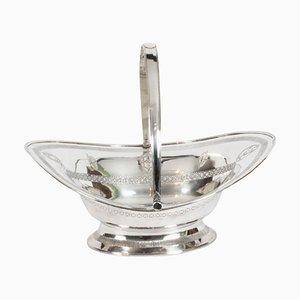

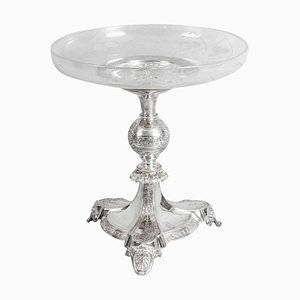
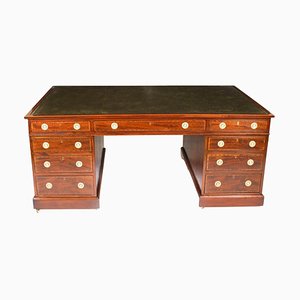
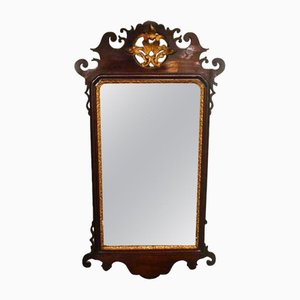
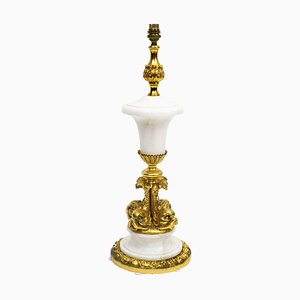
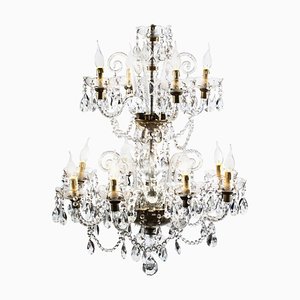
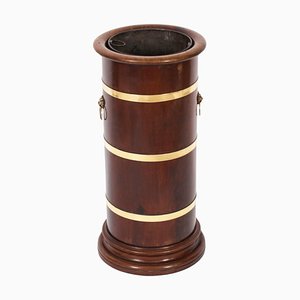
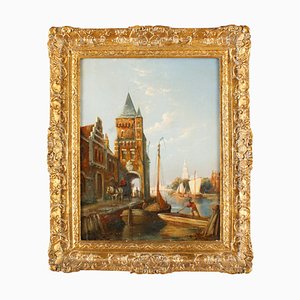
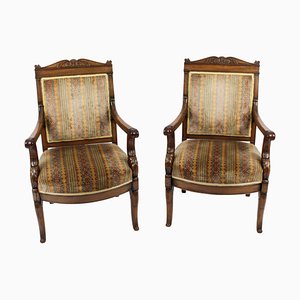





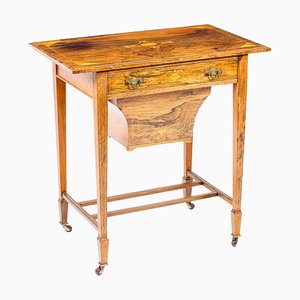
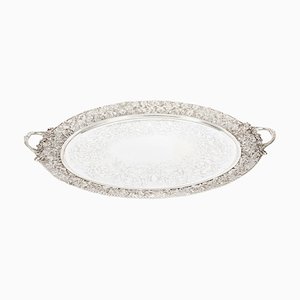
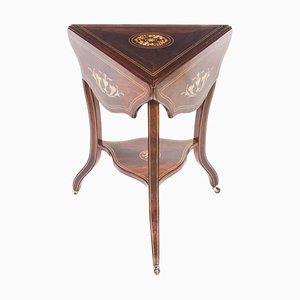
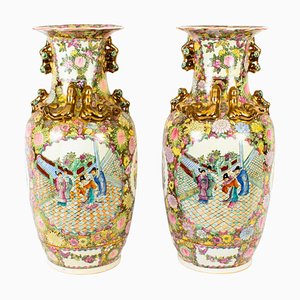
Schreiben Sie uns
Ein Angebot machen
Uns ist aufgefallen, dass Sie neu bei Pamono sind!
Bitte akzeptieren Sie die Allgemeinen Geschäftsbedingungen und die Datenschutzerklärung
Schreiben Sie uns
Ein Angebot machen
Fast geschafft!
Um die Kommunikation einsehen und verfolgen zu können, schließen Sie bitte Ihre Registrierung ab. Um mit Ihrem Angebot auf der Plattform fortzufahren, schließen Sie bitte die Registrierung ab.Erfolgreich
Vielen Dank für Ihre Anfrage! Unser Team meldet sich in Kürze bei Ihnen zurück.
Wenn Sie Architekt*in oder Inneneinrichter*in sind, bewerben Sie sich hier um dem Trage Program beizutreten.